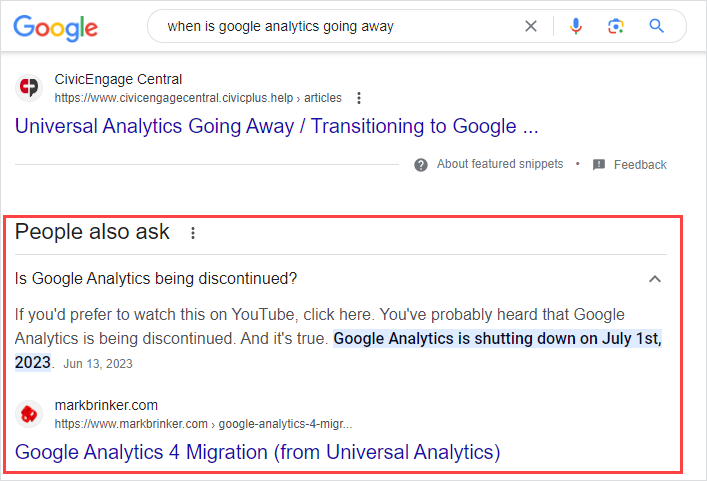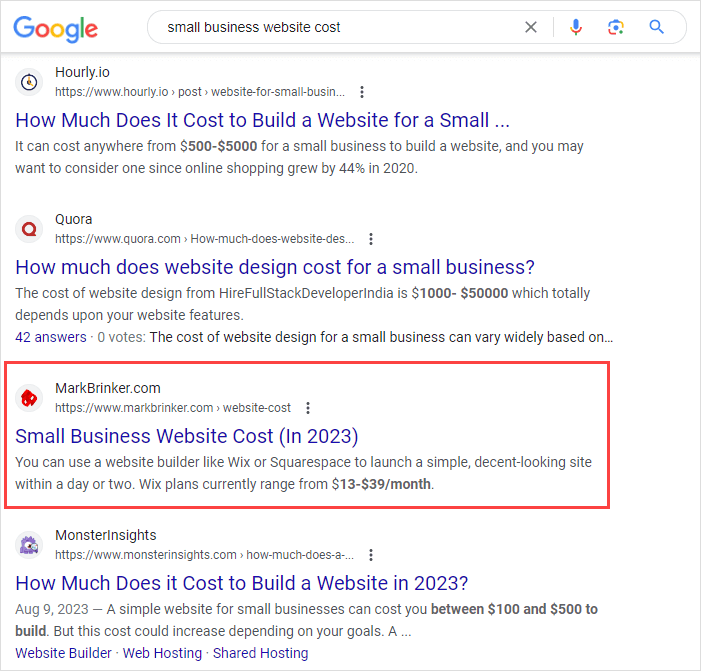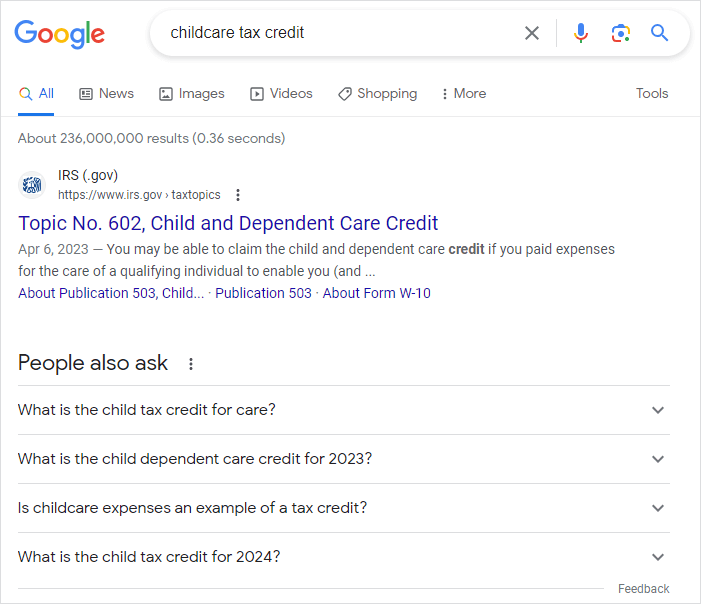
If you'd prefer to watch this on YouTube, click here.
If you use content marketing to promote your business (or you would like to), but you're racking your brains wondering what to talk about ...
Today I'm going to show you the method I use that will help you generate more relevant, high-quality topics than you would ever need.
Content Equal Currency
Before I share my method, let's define "content" to make sure we're all on the same page.
In the digital world, content equals currency. Like money, content facilitates an exchange between two people.
And by content, I mean:
Content helps keeps you top of consciousness in the minds of your clients and prospective clients.
Content also provides fodder to Google, YouTube, and other content platforms for the purposes of getting ranked in their search listings.
However, creating high-quality content takes a good amount of time and effort, so you want to be sure you're making content that people actually want.
Years ago, in the early days of my content marketing journey, I made the mistake of publishing content that, while I was good, it wasn't what people wanted.
So I ended up wasting a bunch of time and effort just to hear crickets. 🙄
Good Content Requires These 2 Things
First, you have to pick the right topic. But you also have to deliver a high-quality content.
Today we're just talking about selecting the right topic. Producing high-quality content is a topic for a different day.
So, how do you go about picking the right topics for your content — topics that resonate with your readers/viewers and topics that have a shot at showing up on page one of Google or YouTube?
Here is my 9-point checklist that removes all the guesswork. If you follow this checklist, I promise you'll generate more high-value content ideas than you can handle.
9 Ways To Generate All The Content Topics You'll Ever Need
1. Answer actual client questions.
This might seem like an obvious thing, but it is the # 1 way of picking the correct topic because when people go online, for the most part, they're looking for information.
If they go to Google, they're doing a search. If they're going to YouTube, they're most likely doing a search. Therefore, you want to give them what they're looking for.
Two quick examples ...
[Example 1] Here an article I wrote several years ago:
At the present moment, this is the # 1 most popular article on my website. And this article originated out of just talking with clients and prospective clients.
[Example 2] While working with clients designing a new website (or modernizing their existing website) one issue that consistently came up was testimonials. Our clients were lacking testimonials for their websites mainly because they didn't know how to ask for a testimonial.
So I decided to write a blog post about it. If you go to Google, I'm currently on page 1 and all I did is explain my step-by-step process for getting testimonials.
2. Answer your own questions.
On July 1st, 2023, the traditional Google Analytics (aka "Universal Analytics") that existed for 18 years was shutting down and Google was transitioning to a completely different platform called Google Analytics 4.
Several months prior to July 1st, 2023, I started doing some research just so I could educate myself on what this whole new Google Analytics 4 platform was all about and I simply documented my findings.
Well, guess what? Now that we're past July 1st, 2023, a lot of other people want know about how to transition to this new Google Analytics 4 system and my article is rising up through the Google search rankings.

Just like back in school, if you have a question, there's probably a bunch of other people that have the same question as you.
3. Elephant-in-the-room questions.
These are questions that people are thinking about, but not asking.
And one of the questions we all have when go to a website is, "How much?" What's it cost?
So a few years ago, I wrote an article about how much it costs to build a website. I went into great detail, broke it all down, and as a result it's one of the most popular pages on our website. I'm on page 1 of Google and drives a ton of traffic and generates leads for my business.

4. What questions are being asked in the news?
All you seem to hear about these days is AI and ChatGPT. And since I wasn't really familiar what it was all about, I rolled up my sleeves, did the research, and wrote an article about it.
And guess what?
It's starting to rank in Google search results.
Over and above getting ranked in search results and driving traffic to your site, an article like this demonstrates to clients and prospective clients that you're up on current events and know what's going on.
5. Spy on your competitors.
Find out what are the most popular pages on their websites.
To do this, you're going to need a tool like SEMrush, where you can type in the URL of one of your competitors' websites and it will show you all the top-ranking pages for that site.
Admittedly, a tool like SEMrush is not exactly inexpensive. But they do have free trials available. If you don't want to invest the money, then just sign up for one of their free trials.
I've been using SEMrush for years and use it nearly every day. And if SEO is any part of your overall digital marketing strategy, you'll probably find this tool pretty valuable.
6. What's the buzz in your industry?
What are people talking about?
Back in the day, there used to be this free tool called Google Reader where you could input the feeds from a bunch of different websites and then just monitor their published content at a glance.
Google did away with that tool several years ago. In its place, a tool called Feedly emerged. Feedly is a subscription-based tool, but it's only $6/month. And what Feedly allows me to do is quickly take the pulse of my industry in terms of what people are asking and what they're interested in.
7. Glossary or statistics.
Above I shared and an article I wrote, "Parts Of A Website" which is also a glossary type of article. A glossary or statistics article can be great for link building because bloggers and authors and other type of content creators are always looking for credible sources of information to link to.
A few years ago I wrote this article about healthcare website design ...
Tons of people have linked to this article as a reference. I've also got clients as a direct result of writing this article.
8. Type a seed keyword into Google and look at "People also ask".
Let's say you're an accountant and you're racking your brain trying to figure out what to write about or what to create a video about. Type in something like "childcare tax credit". Scroll down to "People also ask" and Google will literally tell you what people are searching for.

Let Google help you.
9. Comparisons and reviews.
When you're about to buy something or make a major purchase, what do you do?
You go to Google and start searching reviews or comparisons or "this versus that" before you actually get out your credit card and make a purchase.
Let's say you're a homeowner thinking about redoing your landscaping. You might type in something like Boxwood versus ...

Look at all these things Google is telling us people are actually searching for.
If you're a landscaping company, you have tons of article topics you could write about because people are actually searching for this stuff.
If you're a homeowner and you're thinking about getting a new roof (say, a metal roof), before you make a major investment like that you're probably going to go to Google and search for "metal roof reviews".
If you're a roofing company, you could write "pros and cons", "things to consider" about metal roofs. As long as you have some knowledge and expertise on the topic, you're good to go!
PRO TIP
Make sure you have some type of system in place to capture these ideas as soon as you think of them.
It can be "old school" (i.e. pencil and paper) or you can use the Notes app on your phone. If you don't write it down in the moment, you're going to forget it within five minutes.
Conclusion
This is my 9-step checklist for generating high-value content ideas.
Don't reinvent the wheel. Don't stare for hours at a blank computer screen racking your brains trying to figure out what to write about or what to create a video about.
Make it easy on yourself. Use a checklist where the hard thinking has already been done for you.
If you use the checklist above, you'll generate more ideas than you can handle.
And that's a good problem to have.



